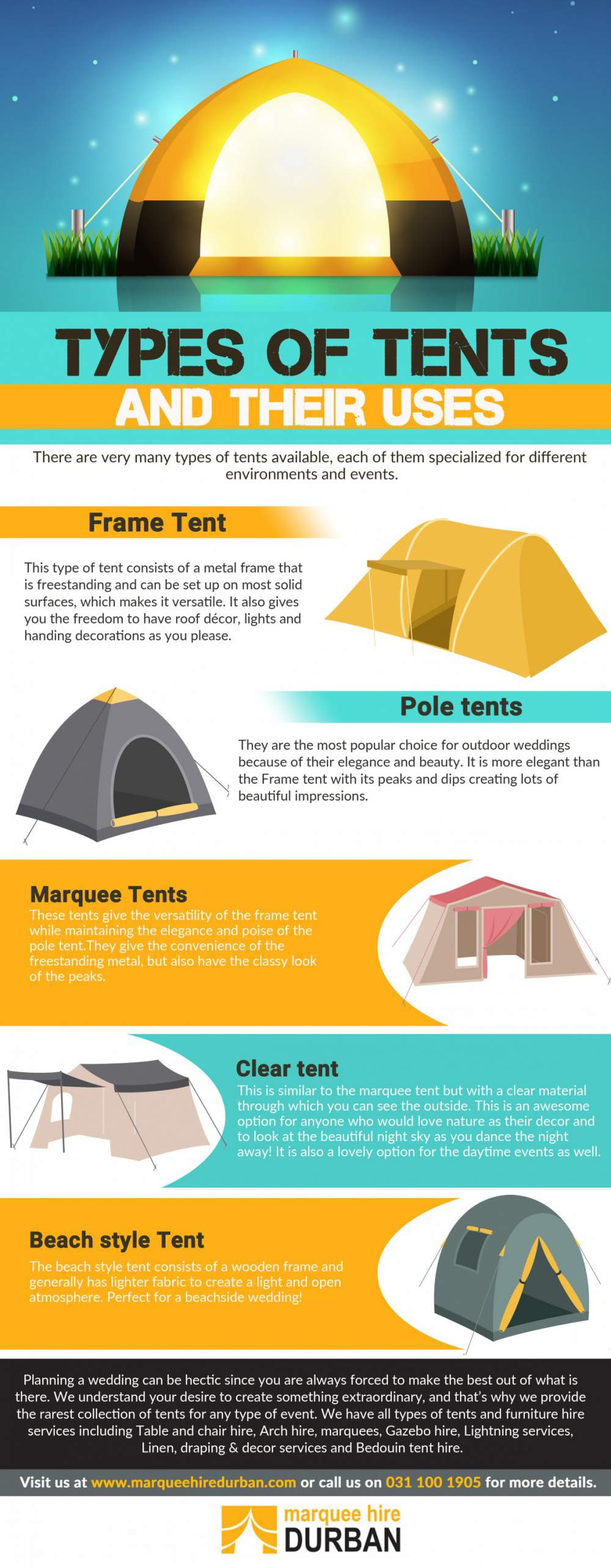Inner framework backpacks are streamlined, form-fitting, and stable for sturdy trails. They function well for guys that need dexterity and equilibrium, but aren't always curious about heavy lots or cooler backs.
The gap between the pack and your body allows air to move, maintaining you cool down on hot summer walkings or arduous climbs. Their slimmer profile likewise lessens the opportunity of catching on brush, branches, or rock faces.
Comfort
It utilized to be that outside structure packs were the mark of a daring spirit - you 'd see young travelers travelling across continents and experienced thru-hikers lifting their large backpacks high on their shoulders, foam sleeping pads and best hiking boots lashed to their metal frames. Yet since the advent of internal frame packs, which use concealed frameworks that curve against your back, a lot of walkers have actually surrendered their timeless externals for something a little lighter and extra portable.
Internals are streamlined and form-fitting, that makes them stable on rugged tracks and much more comfortable when you're rushing off-trail. They likewise hold the weight closer to your body, directing it down your spine for better functional designs. That claimed, internals can still really feel large, especially when you're loaded up with camping gear. Thankfully, contemporary internals range from ultralight to luxurious designs with lots of functional pockets and areas for securing gear. They also tend to have a space in between the frame and pack bag that boosts air flow.
Security
Typically talking, interior framework backpacks fit well versus your back, which keeps your center of gravity better to your body's natural posture. This permits you to change your weight around without moving your framework or pack setting too much-- a major advantage for clambering and other tasks where your center of mass modifications on a regular basis.
They likewise have a tendency to be extra steady when compared to external frames, which can guide and change under heavy loads. In addition, they're less complicated to band gear directly onto, which is a huge plus when you're bushwhacking and could come across sharp rocks or branches that might otherwise grab your pack.
In movie, directors often use a method known as inner framework to enclose and stress a topic. Utilizing elements like doors, home windows, and passages, filmmakers can evoke a feeling of isolation or arrest, including rich psychological subtlety to a scene. In fact, several of the most legendary scenes in Alfred Hitchcock and Stanley Kubrick movies utilize interior framework methods to heighten thriller and tension.
Ventilation
When it pertains to ventilation, your structure material can have a big influence on your home's airflow. We often tend to focus a lot on insulation and longevity, however the frame style plays just as crucial of a function in just how well your doors and windows breathe.
Inner structure rucksacks came onto the market in the 1970s, and they ended up being popular as a result of their formfitting nature, which guided the load better to the body. This allowed for better stability on a hike and enhanced ergonomics as it permits the pack to ride more upright on the back and hips, as opposed to off the shoulders.
However, these packs additionally have the drawback of much less ventilation as they hug your back, which can bring about sweaty shoulders and upper body on hot days. Aerated backpacks like those made by zpacks, mld, and gossamer gear supply some relief from this concern, but they're normally 2 or 3 times heavier than their non-ventilated equivalents.
Weight
A couple of decades earlier, it was common to see square external framework knapsacks hanging on the wall surface of your neighborhood equipment shop. However today, the sleeker inner frame knapsacks are ruling the trails.
They're sleeker and form-fitting, so they hold the pack better to the body. This helps support the lots on rugged terrain and while clambering off-trail. It also makes it less likely that you'll grab your pack on a bush, branch or rock face.
The tighter fit, nonetheless, backpack reduces air flow in between your back and the pack. This can heat you up during summer season hikes. And while enhancements in layout have actually made them lighter, the rigid framework of an exterior frame pack may wear down your shoulder bands and hipbelt quicker than a suspension system with a built-in structure.
